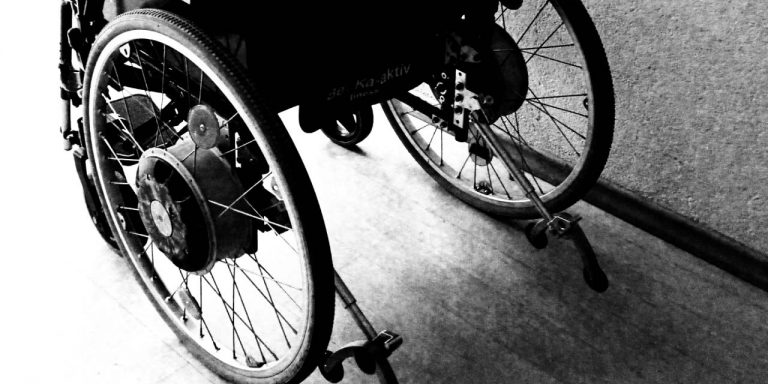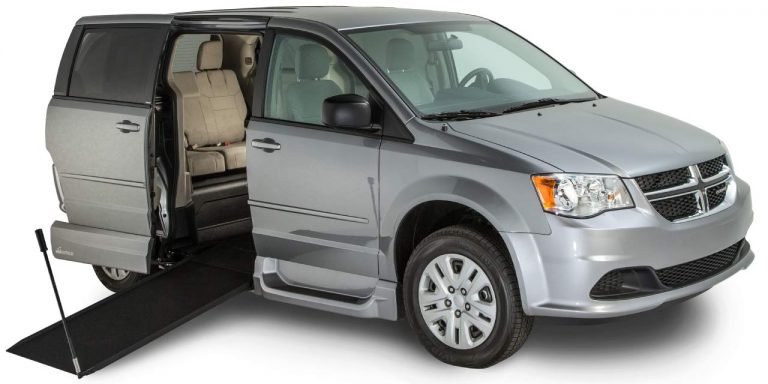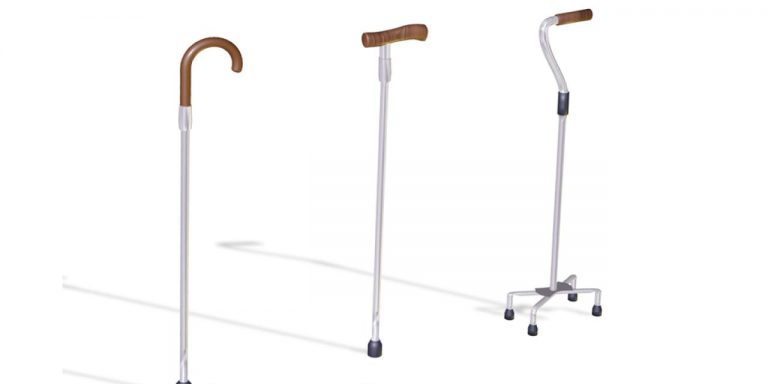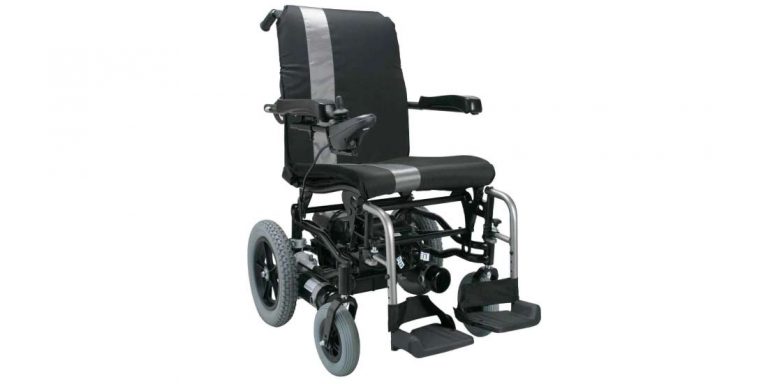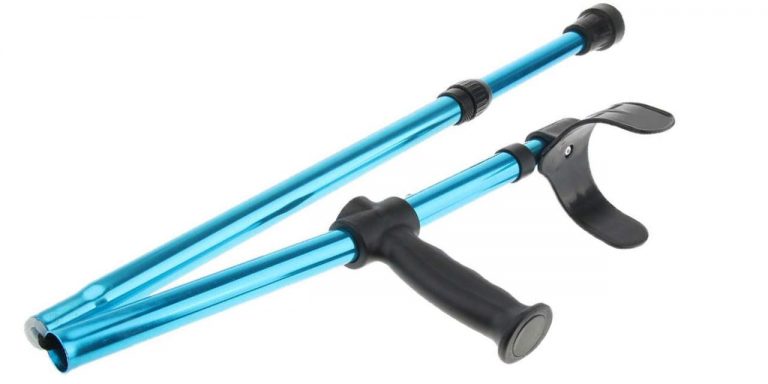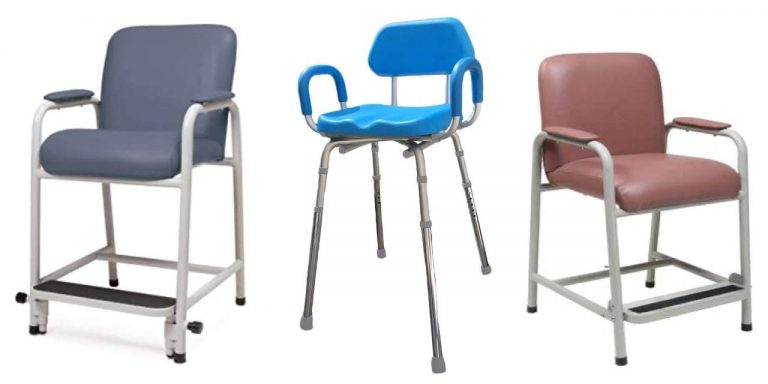A walker or walking frame is a Mobility Aid for people, who need additional support to maintain balance or stability while walking. You should consider a walker if:
HEALTHGADGETSAZ.CO.UK is supported by its audience. When you purchase something through shopping links included on this page, we may earn a small affiliate commission. Learn more
- you are unable to stand for any length of time because of a healing wound, pain from poor circulation, arthritis, hip precautions, limited mobility following surgery, or learning to walk with a prosthesis.
- you are experiencing poor balance because of certain health challenges including multiple sclerosis, stroke, low blood pressure, or inner ear imbalance.
- you feel isolated because you aren’t able to actively participate more joyfully in daily life and you need a solution.
Choosing the Right Walker
Types of walkers
Walkers without wheels
Basic walkers are made up of a 3-sided metal framework that surrounds the user and has four legs that provide stability and support. Walkers require you to grip two handles, one on either side, similar to a bicycle’s handles. Users lift the frame and place it further in front of them, then step forward to meet it, then repeat the process.
For some situations, though, hemi-walker is more useful as it takes the place of a cane for someone who may not need a front walker, but who needs help to stand up and sit down. It touches the floor in four places therefore offers a wider and more stable base than a cane.
Walkers with wheels
Some walkers have wheels on the base of the legs so you can slide the walker instead of lift it – better for you if you have limited arm strength. Wheeled walkers include rollators and knee walkers. Three-wheel rollators have a wheel in the front and two rear wheels which make them easy to manoeuvre and make tight turns. There is no seat so it tends to be lighter and more portable than a four-wheel rollator. Four-wheel rollators have two swivel wheels in front and two in the back. Most have a seat and provide more support than three-wheel rollators. Heavy duty rollators have a higher weight capacity, have four wheels, reinforced steel frames and wider seats. Their wheels tend to be larger and wider as well.
Articles Related to Mobility Aids..
Knee walkers are temporary use walkers if you are recovering from a foot injury and want more ease of movement than crutches can offer. It’s useful if you’re recovering from foot surgery, amputation, ulcers, or injuries like breaks and sprains. You would rest the knee of your injured leg on a padded cushion and propel yourself forward with your stronger leg. It’s as if you are on a scooter. Hand brakes allow safe stopping.
Walker with or without Wheels – Pros and ConsWalkers without wheels are more stable. Since it has four legs which adjust to the user’s height, it’s strong and stationary base makes it secure.
However, it needs to be lifted with each step you take so you must have strength to carry out that motion many times over. You will also move at a slower pace than with a wheeled walker.
Walkers without wheels are more likely to get caught on carpets or uneven outdoor areas, this increasing your likelihood of falling.
General Considerations for Choosing Walkers
Frame MaterialMost frames are made of aluminium though some are made of steel and therfore stronger for heavy duty use, but weigh more. Steel frames are recommended for users over 250 pounds.
AD – Related to Walking Aids – Continue Reading below…
Days Essentials, Lightweight Wheel Rollator, Folding Four Wheel Walker with Padded Seat, Back Support, Ergonomic Handles With Seat Basket, Carry Bag
Lightweight aluminium rollator is designed with adjustable handles and back support to accommodate each users needs…….. Learn more @ amazon.co.uk
Most walkers are anterior ones so, as you walk, they move the walker ahead of them which provides increased stability and balance.
A posterior walker, also known as a gait trainer, is pulled from behind. Your doctor may prescribe a gait trainer if you need to re-learn to walk after an injury or illness. They are also mainly used by children who have cerebral palsy and other neuromuscular disorders.
Walker SizeCertain walkers adjust to facilitate use by a child up to adult. Others are designed exclusively for children, while still others are meant for teens and adults only.
How to know the size (since it may not be evident just by looking at the walker)? Just check the product’s description.
You will need to measure up to determine the right height and width of for your walker. For height, stand upright with your arms resting naturally at your sides and the length measured from the crease of your wrist to the floor should be your appropriate handle height. For width, measure the average doorway width, and compare it to the width of the walker you’re considering.
Now, if you weigh more than 400 pounds, a bariatric walker is more appropriate for you as these walkers are designed to safely support a significant amount of weight.
Handlebars: plastic or foam grip?Plastic hand grips are tend to be a standard feature on many lower-cost, no-frills walkers. But, if your hands tend to get sweaty, it’s advisable to go for foam hand grips for a more secure feel.
AD – Related to Walking Aids – Continue Reading below…
QEES Crutches Handle Pads 2 Pieces, Crutch Pads, Walker Hand Grip Covers
Provide ultimate comfort, style, protection and easy care, this highly engineered premium foam core padding… Learn more @ amazon.co.uk
Will it fit in the car trunk when folded down? Product descriptions should provide you with the measurements of their walkers in a folded position.
What’s great to know is that there are walkers specifically designed for rough terrain, think beach or garden, and others even offer safety and stability in a swimming pool!
Special Considerations for Rollators
WheelsSmall solid wheels or castors are for indoor use and may require more effort to push over carpets than larger wheels.
Larger wheels (with a diameter greater than 8″) make it easier to push and to go over rough or uneven terrain so if you are one for the great outdoors, large wheels would be your choice.
BrakesWhen moving from a sitting to a standing position, or back again, a rollator, employs hand brakes to prevent it from rolling away. Therefore, you will need to have sufficient hand strength for braking repeatedly, and you will need to remember to engage the brakes when standing up or sitting down.
The most common brake systems are push-down and cable loop. With the push-down brakes all you need do is to apply pressure by leaning on the rollator. The brakes are released when the pressure is lifted. The cable loop brake system works much like bike brakes by squeezing the handles and levers simultaneously with both hands.
SeatsMost types of rollators come with fold-up seats, situated between the handles of the walker. You apply the brakes, turn around and sits down.
BasketsMost rollators come with a basket attached to the front of the walker. Want to carry your groceries or personal items? A basket on the rollator frees leaves your hands free for gripping and braking.
Get a little help form a walker and bring back a sense of independence to your life.
Disclaimer: All content, including text, graphics, images and information on this site is not intended or implied to be a substitute for professional medical advice, diagnosis or treatment. Content on or available through this web site is for general information purposes only. It is in no way a substitute for qualified medical opinion. Always consult a specialist or your own doctor for more information.






